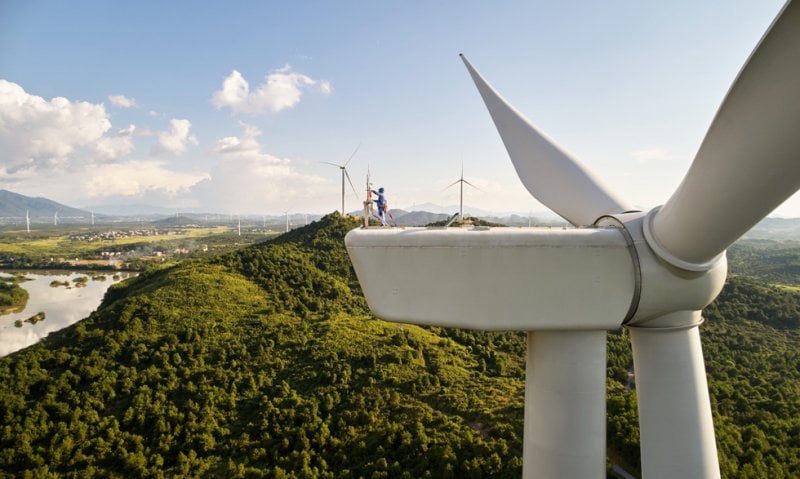Apple has reduced emissions by almost 60% since 2015. At this rate, the goal of zero impact by 2030 seems to be within reach.
Apple has made a large investment in environmental sustainability, as demonstrated by its results Environmental Progress Report of 2024.
The breakdown marks a 55% reduction in greenhouse gas emissions compared to 2015, an optimistic step towards the “Apple 2030” goal, i.e. that of reaching carbon neutrality along the entire production chain within the decade, an ambitious goal announced in July 2020.
Four years ago, Apple had already achieved the “zero impact” goal for its internal operations; However, becoming more efficient in production requires the collaboration of partners along the supply chain, especially in countries like China, where historically the focus has been more on speed and cost rather than sustainability.
To achieve its goal, Cupertino took several actions: it invested in renewable energy and delivered sustainable systemsincluding wind and solar projects in both the United States and Europe.
Apple for the environment
Since 2020, Apple has significantly expanded its adoption of clean energy, tripling the capabilities achieved from these sources.
In Spain, a collaboration with ib vogt will bring 105 megawatts of solar energy online by 2024.
Additionally, 95% of Apple's suppliers have transitioned to greener sources, reducing more than that 18.5 million tonnes of carbon dioxide just last year.
The sustainable management of water resources It's another crucial goal for Apple, which aims to replenish 100% of the freshwater used in its water-stressed facilities.
Through strategic partnerships, it is expected to deliver approximately 7 billion gallons of water benefits over the next 20 years.
Apple has also invested in sustainable construction of its devices, progressively increasing the use of recycled materials to reduce its carbon footprint.
In 2022, for example, a significant portion of the cobalt and lithium in batteries came from recycled sources, while 100% recycled copper was used in key components of some products.
The final objective is to reduce emissions by 75%, offsetting the remaining percentage through environmental projects; emissions related to the transport and use of its products are also included in the calculation.
Other than Shinra
Apple's commitment to more sustainable design goes beyond simply reducing the use of virgin materials in products, to also include phasing out plastic from packaging.
For example, the new ones Apple Watch and Apple Vision Pro they are packaged with 100% recyclable fibres, while for other products the plastic in the packaging represents less than 3%.
In addition to the sustainability visible in the products, Apple has introduced reusable air filters in all its data centers globally, reducing consumption by 35%.
Furthermore, it has collaborated with the University of British Columbia on the use of biodegradable materials and has invested in technologies for the direct recycling of devices, such as the Daisy robot.
Cupertino has also involved its customers through dedicated initiatives in World Earth Dayraising awareness on sustainability issues.
#Apple #cut #greenhouse #gas #emissions #years

